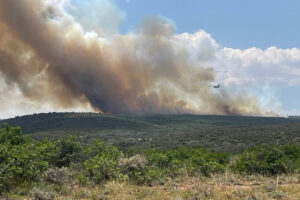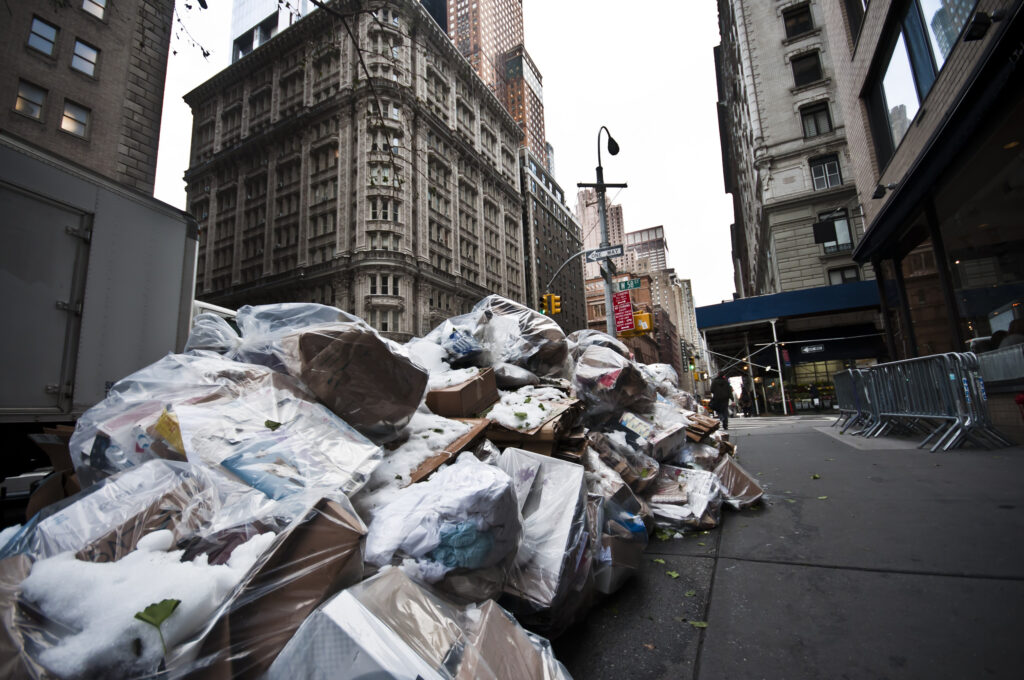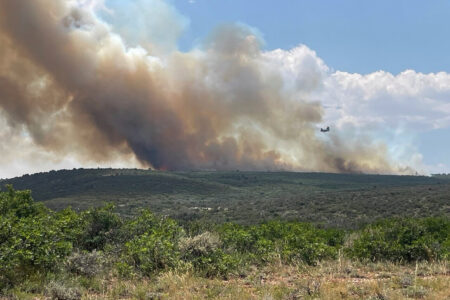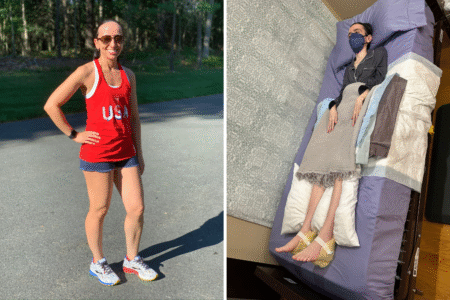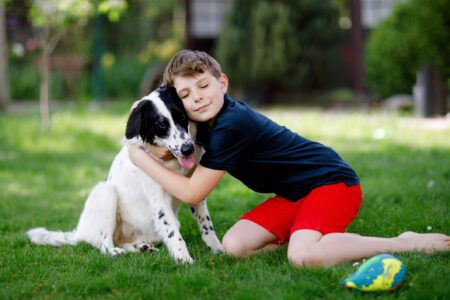New York City’s iconic status as a global hub for culture, commerce and opportunity has also long come with an unmistakable “gritty” image.
The New York-Newark-Jersey City metropolitan area was recently ranked as the “dirtiest” among the nation’s 35 largest metro regions, and one New York City resident told Newsweek that the city’s issues with sanitation, accountability, and infrastructure are getting worse.
The recent study, conducted by Oxi Fresh, a carpet cleaning company, graded each metro area based on several key indicators of cleanliness, including air and water quality, rodent and cockroach infestation, litter and vandalism, and population density.
The New York-Newark-Jersey City metro area earned the lowest possible grade —a “D”— and ranked last overall.
“New York City has struggled with waste removal for centuries, due largely to a lack of back alleys for trash bins,” the study explained. “As a result, it’s now notorious for its rampant rat infestations, though many efforts have been made in recent years to combat the problem.”
New York City resident Amore Philip has lived in the Big Apple, specifically in the borough of Brooklyn, for over 30 years. Philips told Newsweek that she was “not at all” surprised by the city’s recent ranking.
“While New York City offers incredible culture, diversity, and opportunity, the sanitation issues are glaring, especially in densely populated or underserved neighborhoods,” she said. “A significant part of the problem lies in mindset and accountability. There are countries, even developing ones, that are far cleaner than NYC simply because people take pride in their environment.”
Philip compared New York to where she is from, the Caribbean island of Barbados, which she says “maintains an impressively clean public space despite having a fraction of the resources.”
Among the most persistent and visible issues in New York City, Philip said, is the prevalence of dog waste on sidewalks.
“It’s everywhere, some neighborhoods more than others. Many pet owners fail to pick up after their dogs, especially in residential areas, which contributes to the overall feeling of neglect,” she noted. “It’s not just unpleasant—it’s unsanitary, it’s grotesque, and it sends a message that public spaces are no one’s responsibility.”
Philip said that while the city’s gritty image is part of its character, the underlying realities are difficult to ignore.
“There’s a difference between ‘gritty’ and truly unsanitary. New York City has long been known for its gritty charm. Still, the reality is that aging infrastructure, inconsistent sanitation services, and a lack of enforcement regarding littering all contribute to the city’s perceived dirtiness,” she explained. “The perception isn’t entirely off—it’s rooted in visible daily realities.”
During warmer months, sanitation problems become even more apparent, according to Philip.
“The sidewalks, overflowing trash bins, and rat problems in specific neighborhoods are significant concerns,” she said. “During the summer, the smell and garbage buildup become even more intense.”
As the owner of a public relations firm, Apples & Oranges, Philip said these problems aren’t just an inconvenience—they affect her business, too.
“As a business owner, I’ve had to plan around street cleanliness when organizing events or photoshoots,” she noted. “It impacts not just daily quality of life but also how visitors perceive the city.”
Do you have a travel-related video or story to share? Let us know via [email protected] and your story could be featured on Newsweek.
Read the full article here


